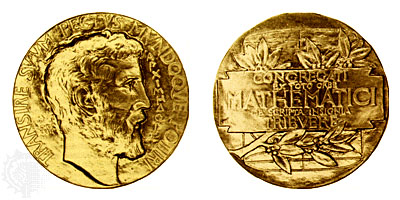
Nowadays, most young mathematicians use aXiv to communicate their works. Moreover, in contrast with older generations, most of them are familiar with Probability Theory. Here is for instance a short proof of ubiquity of arXiv and of Probability in the 2014 Fields medals:
- Artur Avila, Carlos Matheus, Jean-Christophe Yoccoz
SL(2,R)-invariant probability measures on the moduli spaces of translation surfaces are regular
arXiv:1302.4091 Dynamical Systems (math.DS) - Manjul Bhargava, John Cremona, Tom Fisher
What is the probability that a random integral quadratic form in n variables is isotropic?
arXiv:1311.5543 Number Theory (math.NT) - Martin Hairer
An Introduction to Stochastic PDEs
arXiv:0907.4178 Probability (math.PR); Analysis of PDEs (math.AP) - Maryam Mirzakhani
Growth of Weil-Petersson volumes and random hyperbolic surfaces of large genus
arXiv:1012.2167 General Topology (math.GN)
Note. Of course arXiv was already at the center of the attention in the affair of the declined Fields medal of Grigori Perelman in 2006, while Probability was more or less already present in the works of many Fields medals, including for instance Grigory Margulis (1978), Jean Bourgain (1994), Pierre-Louis Lions (1994), Timothy Gowers (1998), Andrei Okounkov (2006), Wendelin Werner (2006), Terence Tao (2006), Stanislav Smirnov (2010), and Cédric Villani (2010). Probability is naturally connected to analysis, to combinatorics, and can be useful on many structures. Even Laurent Schwartz (1915 -- 2002) -- one of the first Fields medals (1950) and by the way the first French Fields medal -- worked on Probability at the end of his scientific life.
Leave a Comment